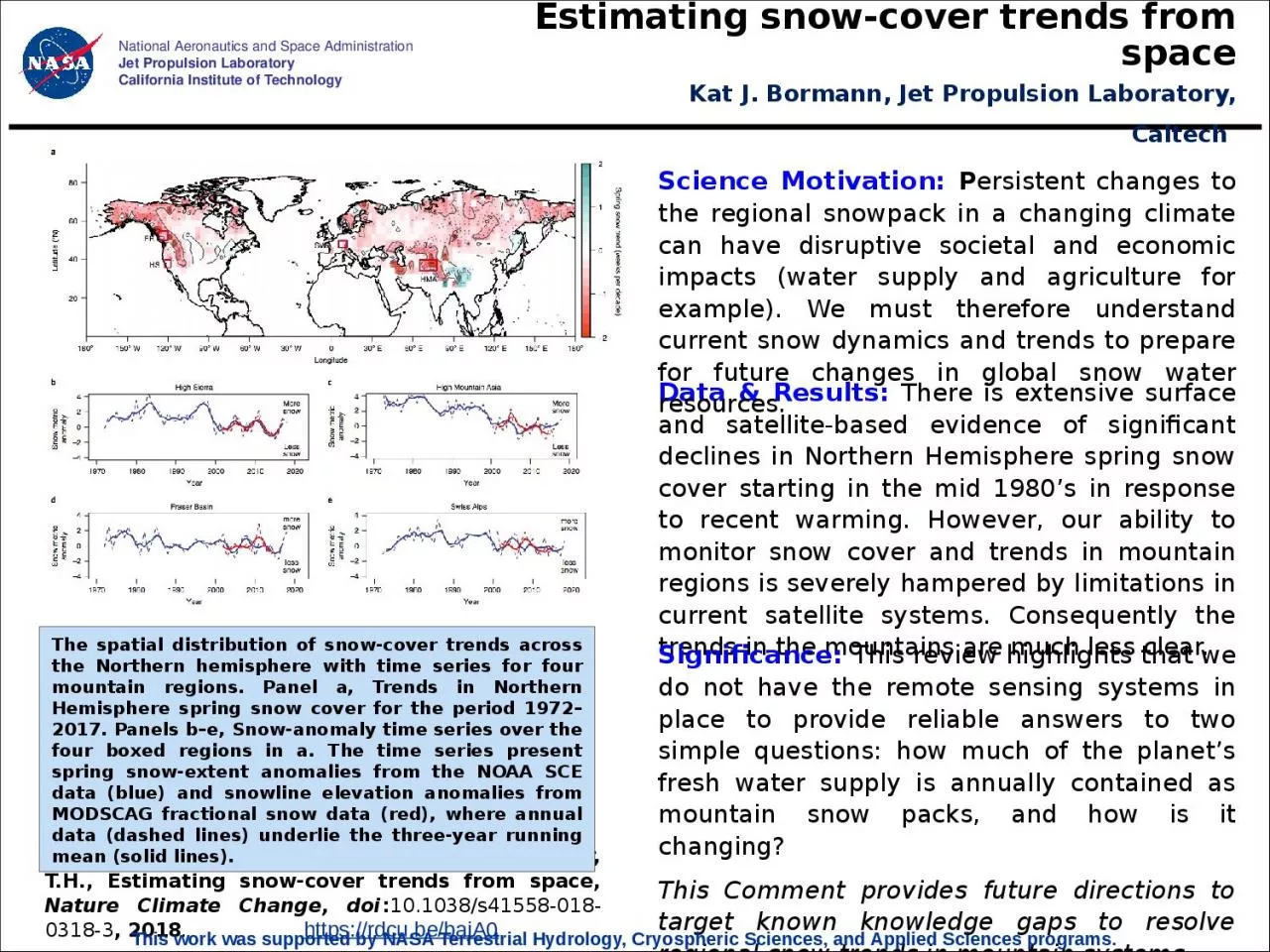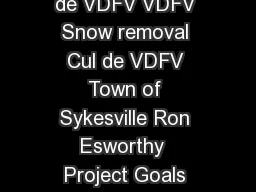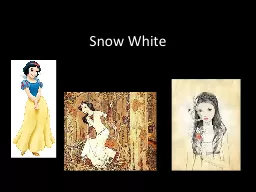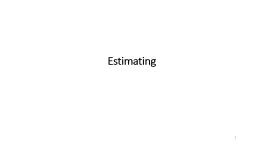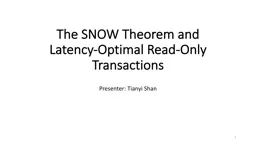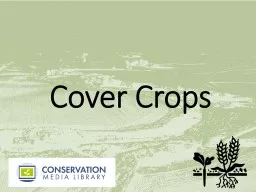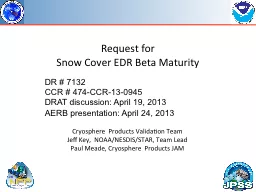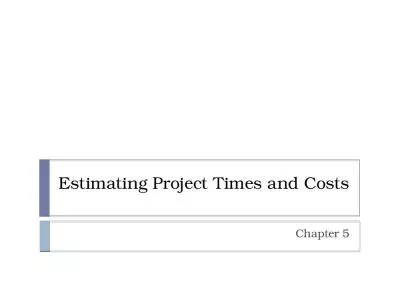PPT-Estimating snow-cover trends from space
Author : gabriella | Published Date : 2023-09-25
Kat J Bormann Jet Propulsion Laboratory Caltech Data amp Results There is extensive surface and satellitebased evidence of significant declines in Northern Hemisphere
Presentation Embed Code
Download Presentation
Download Presentation The PPT/PDF document "Estimating snow-cover trends from space" is the property of its rightful owner. Permission is granted to download and print the materials on this website for personal, non-commercial use only, and to display it on your personal computer provided you do not modify the materials and that you retain all copyright notices contained in the materials. By downloading content from our website, you accept the terms of this agreement.
Estimating snow-cover trends from space: Transcript
Download Rules Of Document
"Estimating snow-cover trends from space"The content belongs to its owner. You may download and print it for personal use, without modification, and keep all copyright notices. By downloading, you agree to these terms.
Related Documents

